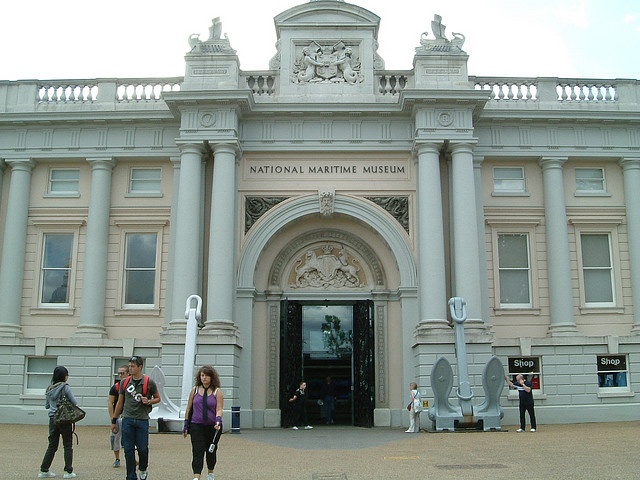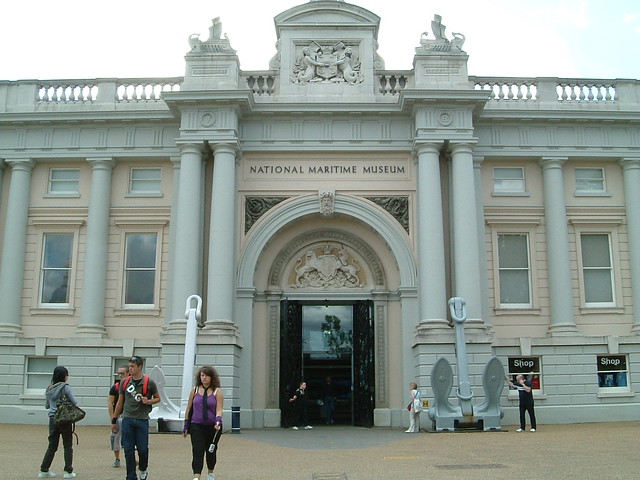
Sources indicate that Sir Walter Raleigh, speaking at the Court of Queen Elizabeth I, exclaimed “There are two things scarce matched in the Universe – the sun in heaven and the Thames on earth!” This is as true now as it was in the 16th Century, as the Thames continues to play a pivotal role in the history of the Capital. From its early days providing water to irrigate crops through to its current iconic status as a busy shipping route, tourist attraction and symbol of the nation’s impressive past and thriving present, the Thames is fundamental to every aspect of the City’s rich maritime history.

Flanking the Thames on either side are many famous buildings and impressive landmarks, which together give a colourful picture of city life through the ages. Buildings such as the Palace of Westminster are clearly visible from the water. A gentle stroll beside the water, followed by a traditional English afternoon tea at the Hyatt Regency London – The Churchill makes a relaxing and pleasant itinerary. Alternatively, most hotels in London will be able to recommend a suitable boat tour or mini-cruise along the Thames, during which the knowledgeable crew give a highly informative and entertaining commentary.
Recognition of many of the UK’s finest naval achievements is recorded by the Thames; Nelson’s column was raised to commemorate the death of Britain’s arguably most famous naval commander. Today, Admiralty Arch marks the location of the Royal Navy headquarters. The Royal Maritime Museum at Greenwich offers a fascinating insight into the rich maritime tradition of the nation. Currently exhibiting there is an entertaining presentation of naval caricature during the late 18th and early 19th centuries, entitled “Broadsides”.
If you want to find out more about nautical trade, then there is a wealth of attractions on offer. The Cutty Sark, moored at Greenwich, is a beautifully restored tea clipper, which completed several hazardous voyages from London round the Cape of Good Hope to China, before racing home, endeavouring to arrive back faster than its competitors in order to secure the highest price for its cargo of tea. The East End of the City was an area which for centuries was the Capital’s key location for ship yards and docks. The Museum of London Docklands charts this history in compelling detail, bringing to life the triumphs and tragedies of one of London’s most notorious areas.
Consideration of maritime history would not be complete without a look at the “bad guys” of nautical bygone times; pirates were a continuous and worrying problem for merchant shipping and the nation devoted significant resources to ensuring their capture, trial and execution if found guilty. It is still possible to visit Execution Dock, on the north bank of the Thames at Wapping, where infamous pirates such as Captain Kidd and James Lowry met their grisly end. Ironically, today, the Marine Policing Unit (MPU), responsible for policing the Thames, is located at Wapping police station, within sight of Execution Dock.
The Capital’s diverse and thrilling maritime history provides a spectacular backdrop to life in England through time. People of all ages will be amazed and enthralled by the events which have shaped a nation, all connected to its shipping. The dazzling flotilla which sailed down the Thames in honour of Queen Elizabeth II’s Diamond Jubilee in 2012 bears testament to the importance of marine activity to what has always been a splendid seafaring country.